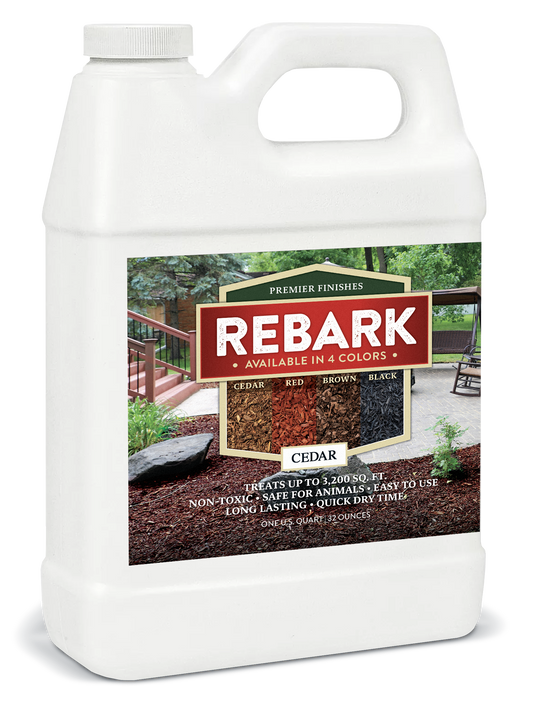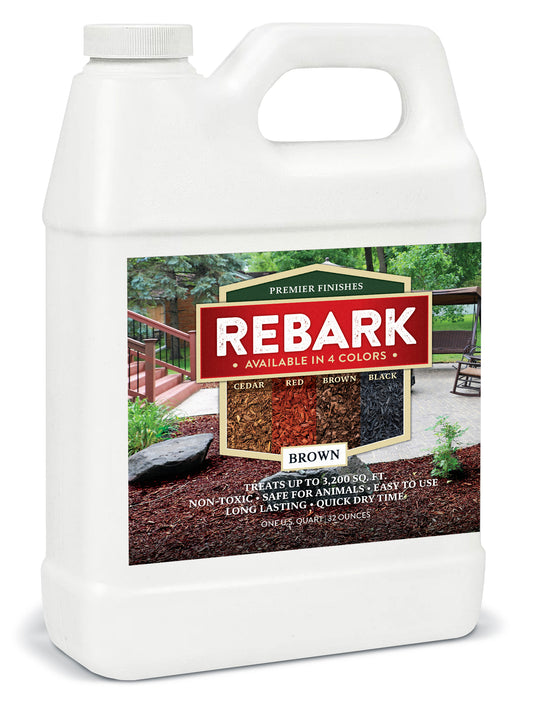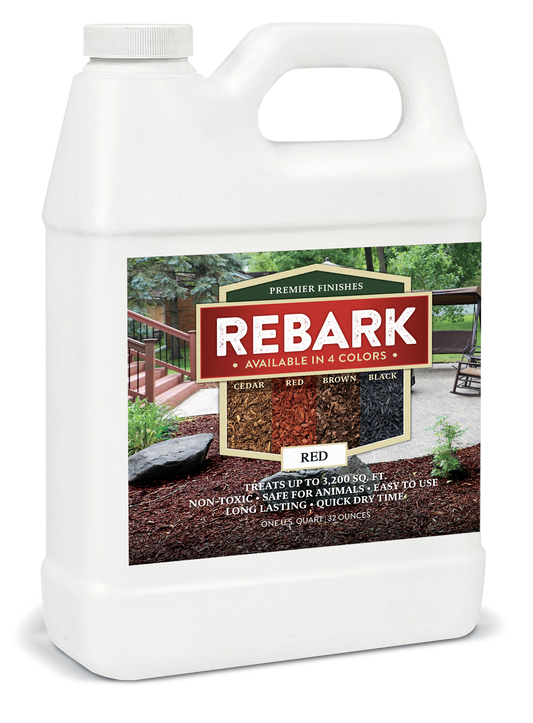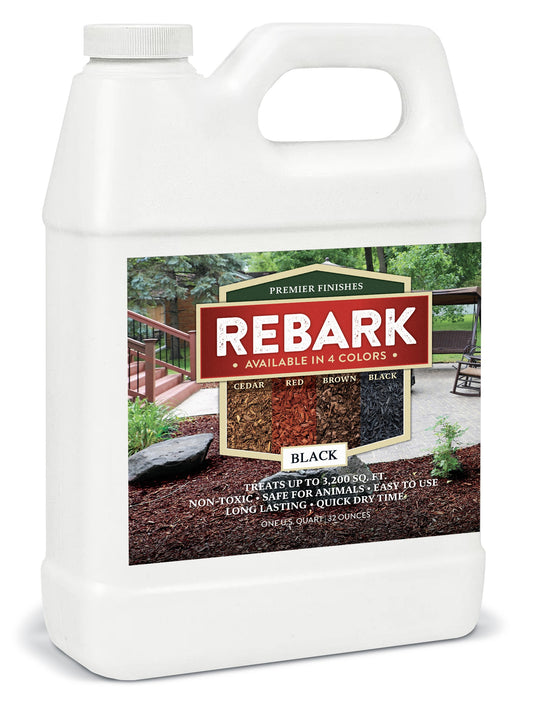Mulch is an essential and versatile component that not only adds to the aesthetic appeal of your garden or landscape but also provides various benefits, such as conserving moisture, suppressing weeds, and improving soil health. However, choosing the right color of mulch can be a daunting task, and with so many options available, it can be challenging to make the right decision. We will explore how to select the perfect color of mulch based on various factors.

Consider Your Surroundings
When choosing the color of your mulch, it's crucial to consider the surrounding environment. Take a look at the colors of your plants, flowers, trees, and other elements in your garden or landscape. Consider the overall color scheme and style you want to achieve. For example, if you have a garden with bright flowers and vibrant foliage, a natural brown or red mulch may complement the colors well. On the other hand, if you have a modern or minimalist landscape design, a black or dark-colored mulch may create a sleek and contemporary look.

Factor In Seasonal Changes
Another vital factor to consider when selecting mulch color is the seasonal changes in your area. Mulch is a year-round addition to your landscape, so it's important to think about how it will look in different seasons. For example, if you live in an area with four distinct seasons and your garden or landscape undergoes dramatic changes in color throughout the year, you may want to choose a mulch color that complements the different seasonal palettes. A natural brown or red mulch may blend well with the warm colors of fall, while a black or dark-colored mulch may provide a striking contrast against the bright colors of spring or summer.
Take Into Account Your Home's Architecture and Style
The architecture and style of your home can also influence your mulch color choice. Consider the exterior color of your home and its architectural style when selecting mulch color. For example, if you have a traditional or rustic-style home with warm earth tones, brown or red mulch may complement the overall look. If you have a modern or contemporary-style home with a monochromatic color scheme, a black or dark-colored mulch may create a cohesive and sophisticated appearance.

Factor In Maintenance and Longevity
Mulch color can also impact the maintenance and longevity of your mulch. Dark-colored mulches, such as black or dark brown, tend to absorb more heat from the sun, which can cause them to fade or dry out faster. Lighter-colored mulches, such as cedar or red, may reflect more heat and help retain moisture in the soil. Consider the maintenance level you are comfortable with and the climate in your area when choosing mulch color. If you live in a hot and dry climate, you may want to opt for lighter-colored mulch that can help retain moisture in the soil. If you prefer a low-maintenance option, a natural or darker-colored mulch may be suitable for your needs.
Experiment to Find Your Perfect Color
Ultimately, the best way to choose the perfect color of mulch is to experiment in your own garden or landscape. Consider your personal preferences, the specific characteristics of your landscape, and the overall look and feel you want to achieve. Purchase a small amount of mulch in different colors and try them out in different areas of your garden or landscape to see which one complements your space the best. Rebark - Mulch Dye has a great selection of beautiful colors. Take into consideration the changing seasons, the surrounding environment, the architecture of your home, and the maintenance requirements to make an informed decision.
In conclusion, choosing the right color of mulch can greatly enhance the overall appearance of your garden or landscape. Keep in mind your surroundings, seasonal changes, your home's architecture and style, and the maintenance requirements when utilizing mulch.




